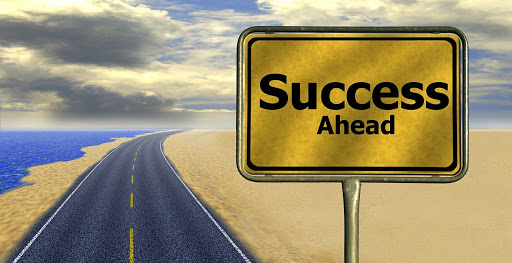AS I WAS WRITING MY LAST BLOG POST, A TOPIC THAT I RAN INTO WHILE WORKING IN COLOMBIA FOR THE ELASTIC MIND PROJECT ELASTICMINDPROJECT.ORG WHICH I CO-FOUNDED WITH FANIA CASTRO KEPT COMING UP (AND FOR ALL MY COLOMBIAN FRIENDS who ARE MANY, I AM NOT PICKING ON COLOMBIA…THIS HAPPENS IN MANY PLACES). THAT ISSUE WAS, AS THE TITLE NOTES, THE HIGH COST OF THE CHEAPER ECONOMY. ;SO IN KEEPING WITH THE ECONOMIC STRAIN OF THE LAST POST I THOUGHT I WOULD CONTINUE ON, DELVE A BIT DEEPER INTO HOW THIS CONCEPT EFFECTS PHOTOGRAPHERS AND FRANKLY ALL BUSINESS OWNERS.
To give some quick background while working in the barrios outside of Bogotá, Colombia’s capital I got a first-hand look at absolute poverty and became versed in the various causes and remedies. All are far too complex for me to fully understand nor even begin to get into here, but one of the various reasons poverty exists stuck with me. That is this idea of a free economy and the closely related and more important to our discussion cheaper economy. In a cheaper economy, products and services are expected to be cheaper and cheaper, haggled down to the last penny or peso as is the case in Colombia. So what happens? So sure the purchaser gets a great deal, and in a one-off case this is how the so-called market economy works. The snafu comes in when the idea of cheaper and cheaper becomes deeply embedded into the expectation of the consumer. This cheaper economy mentality is without a question taking hold here in the US, through “free” apps and unreasonably inexpensive products through outlets like Walmart and H&M clothing. For photography stock sites like istock.com where images can be purchased for a fraction of production costs are skewing the perception of cost. Furthermore marketing directed at consumers not privy enough to understand the nuance of these campaigns gives them an internal feeling that prices should always go down, without considering the ramifications. And in fact, they need to go down, because the consumer in a cheaper economy would have less money to spend.
So what is the problem with this you ask? I love cheaper products you say. Well as Henry Ford most famously said: “Cars don’t buy themselves”. Economy and the alleviation of poverty, for example, is on one measure driven by the movement of money. The idea of money is not to hoard vast qualities but to save a bit a move the rest, the proportion of its movement is paralleled by the movement of the economy. In an elegant example a client pays for a service slightly above market rates, the company or person receiving that income spends it on yet another service and so on. If on the other hand, a client is just looking for a cheaper rate, there will be little to no money nor the positive physiology for the service provider to move that money. We move into a self-reinforcing environment driven by scarcity, the scarcity of income. This reverberates until only required products are being purchased, food etc.. The system moves into a spiral in which by every passing year the populous gets progressively less able to move money in meaningful and substantial ways. They might not be “poorer” but less able to move the money. Therefore as stated above prices need to come down with the retail suppliers squeezing wholesale suppliers and so on. Somewhere in that chain are consumers, as workers who untimely get fewer pay raises / less wages.



